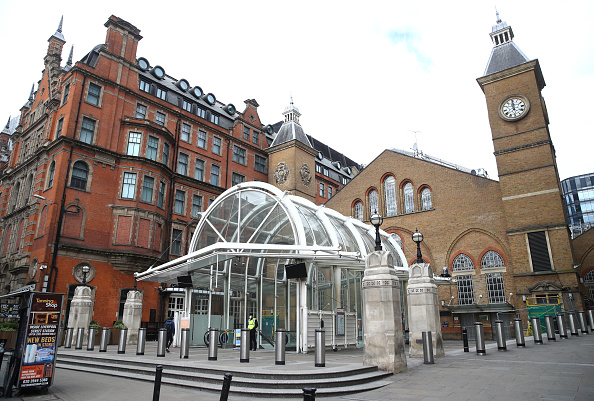Explainer: Will Michael Gove protect the Victorian outlook of Liverpool Street station?

What do Stephen Fry – the actor and broadcaster – and Tracey Emin – the artist – have in common? A battle with Levelling Up Secretary Michael Gove, apparently. Both have called on Gove to stop the £1.5bn development project that would change the Victorian face of Liverpool Street station forever.
The terminal of the railway station is listed – meaning it should have special protections because of its unique historic or architectural status. Yet Sellar Property Group and Network Rail have put forward joint plans to build two high-rise buildings above the station and the hotel next to it, the Andaz Hotel.
Fry and Emin have joined architects and charities in signing an open letter against the development, which would include offices, shops and a hotel – plus a roof terrace complete with a swimming pool. They are worried the historic nature of the station would be altered – and called the demolition of part of the station “grossly opportunistic”.
It’s not the first fight of this type – Londoners have tried to protect Victorian buildings for a very long time. The Victorian Society, one of the signatories of the letter to Gove, was already vocal in 1962 when the Euston Arch, the original entrance to the train station, was demolished. Terraced houses and crescents were also torn down to make space for new developments.
The campaign to maintain the historic appeal of Liverpool Station indeed stems from the 1970s. Sir John Betjeman, the famous poet, campaigned against the destruction of the Euston Arch, and when the monument got taken down anyways, focused his attention on Liverpool Station, succeeding in making the public case for preserving it.
The decision is now in Gove’s hands – the same man who’s currently being taken to court by Berkeley Homes after stopping one of their developments to protect the local landscape and “scenic beauty” in Crane Valley. He might want to consider whether the scenic beauty of London’s streets should be preserved too.